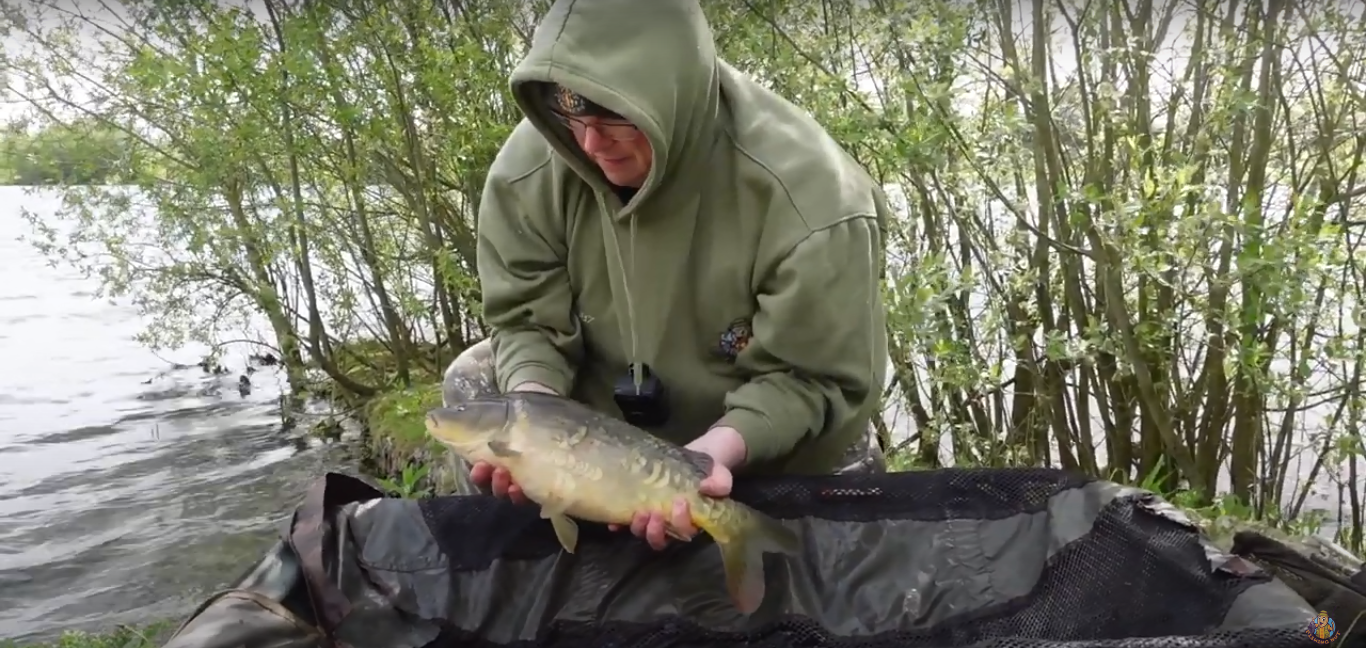Bait Secrets Unveiled: Learn About the Science Behind Our Boilies
When it comes to outsmarting wary carp, there’s a lot more going on than simply chucking any old bait into the water and hoping for the best. Any angler who’s spent hours watching motionless bobbins knows that bait choice can be the difference between a red-letter day and a total blank. At the heart of that choice for many of us is the humble boilie — but there’s nothing humble about the science behind a good one.
I’ve been on the bank for over 20 years, and I’ve seen bait trends come and go. But the core principle always stays the same: fish respond to nutrition, attraction, and consistency. That’s why I’ve become fascinated not just by what works, but why it works. So here’s a deeper look at the science behind the boilies I use — and why it matters.
Digestibility: Giving the Carp What They Need
Carp are far from stupid. Their instincts drive them to seek out food sources that meet their dietary needs. That’s why high-quality boilies aren’t just flavoured blobs — they’re engineered with digestible proteins, fish meals, and marine extracts that mirror the natural food carp hunt in the wild.
A good boilie should break down in water in a way that releases amino acids — those are the compounds that trigger a feeding response. If your bait is too hard or filled with cheap binders, it might last forever in your bucket, but it won’t do you any favours once it’s on the deck.
Attractants: The Invisible Signals
The best boilies don’t just sit there — they call out. Carp use their senses to detect chemical signals in the water. That’s why many high-performance baits use things like betaine, krill extract, or essential oils — they create a scent trail and chemical signature that carp pick up on through their olfactory receptors.
But it’s not just about strong smells. The aim is to replicate natural food signals, not overwhelm the water column with artificial stink. The right balance takes precision — and it’s something that’s fine-tuned in the lab, not just guessed at in the kitchen.
Flavour Isn’t Everything — But It Matters
While nutritional profile and digestibility come first, there’s no denying that flavour still plays a role. But here’s the thing: it’s not just about taste for us. It’s about how the bait leaches out in the water, how long the flavour lasts, and whether it enhances or masks the core attractants.
Flavours like scopex, pineapple, and squid have stood the test of time for a reason. They offer proven performance — but when combined with high-quality base mixes and balanced nutrition, they become part of a complete bait system rather than a gimmick.
Visual Appeal: Seeing Is Believing
Let’s not forget about sight. Carp may be bottom feeders, but they rely on visual cues just as much as chemical ones. Colour can affect how quickly your hookbait is noticed, especially in different water clarities. That’s why many top anglers keep a few brightly coloured wafters or pop-ups in their mix — they grab attention while the food signals do the rest.
But again, this only works if the rest of your bait is doing its job. A bright boilie without food value is like a loud dinner bell with no meal on the table.
Why It All Matters
Boilie science isn’t just a marketing buzzword — it’s what separates consistently successful anglers from the rest. When I fish, I want confidence in every aspect of my rig. And that starts with bait. Knowing that my boilies are formulated to attract, feed, and satisfy carp gives me the confidence to wait out a tough session or hold a feeding shoal when others are struggling.
There’s a reason some baits keep catching year after year. It’s not just luck. It’s the result of careful testing, balanced nutrition, and an understanding of how carp really feed.
So next time you’re loading up for a session, don’t just grab whatever’s on offer. Think about what’s going into your bait — and what’s going to bring those fish in.
Tight lines,
A fellow carper who’s spent more time than he should thinking about fish food.

 Login/Signup
Login/Signup
